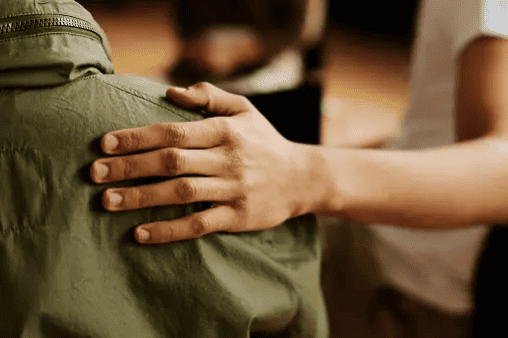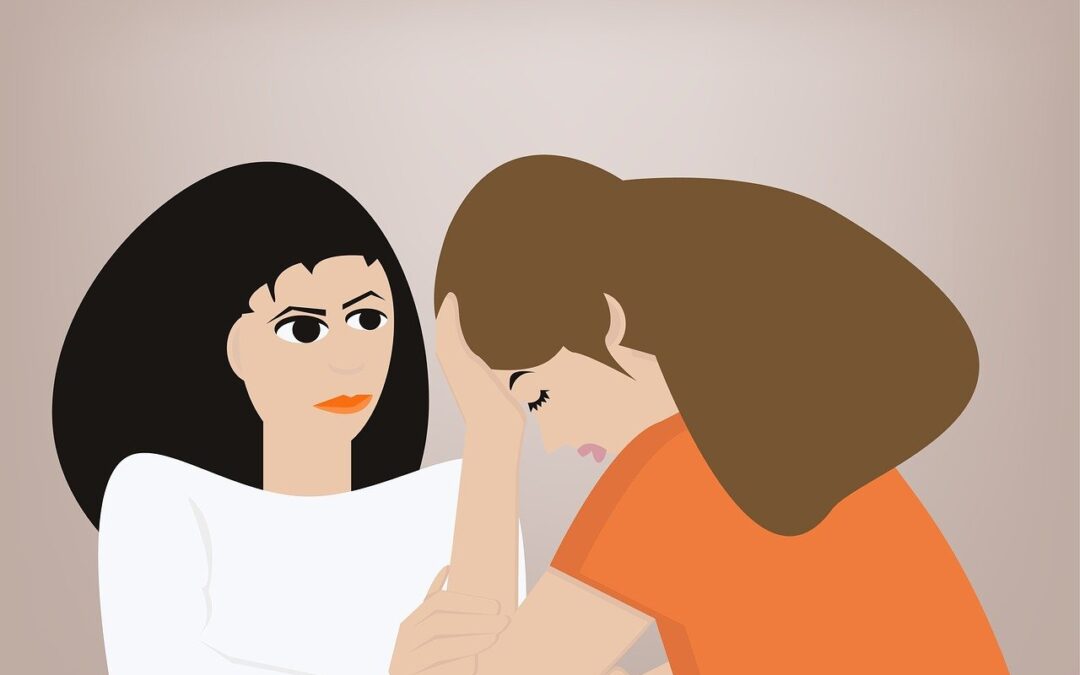HOPE LIVES HERE
Welcome to Living in Grace, Eating Disorder Support Calgary, Canada
Through advocacy and education, we strive to enlighten the general public about the realities of eating disorders. Together, we can break down stereotypes, end stigma, and change lives.
Recover Your Peace Of Mind
Our mission is to provide a safe haven for caregivers, a place where they can find support, resources, and most importantly, understanding. We believe that by empowering caregivers with knowledge and tools, we can help them navigate this challenging journey with grace and resilience.
STRUGGLING WITH FEELING GUILTY?
WANT TO KNOW ABOUT EATING DISORDERS?
CURIOUS ABOUT HOW YOU CAN HELP YOUR LOVED ONE?


“Isn’t it time to consider getting the support and lifeline both you, as a caregiver, and your loved one need?”
We Serve Caregivers of those with Eating Disorders
Living in Grace Foundation is dedicated to serving caregivers who are often the unsung heroes in the battle against eating disorders. We recognize your strength and courage as you stand by your loved one’s side. We understand that while you’re focused on their well-being, it’s easy to neglect your own needs.
That’s why we offer comprehensive support services tailored specifically for caregivers. From educational resources and counseling services to peer support groups and wellness programs, we aim to provide a holistic approach to caregiver support.
FIND YOUR VOICE
YOUR NEEDS MATTER
POSITIVE COMMUNITY SUPPORT


Our Eating Disorder Resources
We offer a wealth of resources designed to equip you with the knowledge necessary to understand and cope with eating disorders. Our resources include informative articles, expert advice, personal stories from other caregivers, and practical tips on self-care.

Nourishing Hope’s eating disorder workshops for caregivers (as well as those who are educators, coaches or other concerned folks) provide a dedicated space for learning and growth, offering flexible options such as 1- and 2-day courses along with evening sessions tailored exclusively for caregivers. By focusing on the unique challenges and needs of those supporting individuals with eating disorders, these workshops equip caregivers with essential knowledge, practical strategies, and emotional support necessary to navigate this complex journey with resilience and understanding. Nourishing Hope’s comprehensive approach fosters a nurturing environment where caregivers can deepen their understanding, enhance their skills, and find solace in a community committed to promoting healing and well-being within families facing these challenges.

Living in Grace offers valuable peer and family support for individuals caring for a loved one with an eating disorder. Through 90-minute-long sessions limited to no more than 10 participants at a time, the organization creates a safe and intimate space for sharing experiences, gaining insights, and receiving encouragement from others facing similar challenges. This structured format allows for meaningful connections to form among participants and fosters a supportive community where individuals can feel understood, validated, and empowered in their caregiving journey. Living in Grace’s focus on peer and family support not only provides practical strategies for dealing with the complexities of eating disorders but also offers emotional respite and strength through shared understanding and solidarity.

Our Community
At Living in Grace Foundation, we believe in the power of community. Our supportive network of caregivers understands what you’re going through because they’ve been there too. In our community, you’ll find empathy, understanding, and shared experiences that can help lighten your load.
Join our vibrant online community where caregivers gather to share insights, exchange resources, and build friendships. This virtual sanctuary offers continuous support at any hour of the day because struggles with eating disorders don’t adhere to traditional schedules – and neither do we.
Let’s walk this journey together, hand in hand, heart in heart. Because at Living in Grace Foundation, we believe that together, we can make a difference.
“I feel like I can finally breathe again…
We know that being a caregiver of someone with an eating disorder is not just a role you play; it’s a testament to your love and dedication. And while the journey may be tough, remember that every step you take is a step towards hope and healing. At Living in Grace Foundation, we’re here to walk with you every step of the way. Because in the face of adversity, we choose resilience. In the face of despair, we choose hope. And in the face of struggle, we choose to live in grace.
Remember: You are not alone. We are here for you. And together, we can overcome anything.

From the Nourishing Hope Blog

Nourishing Hope: Caring Amidst the Chaos of an Eating Disorder Now Available
From the initial shock of a diagnosis to the ups and downs of the recovery process, "Nourishing...

Eating Disorder Lifelines: The Paradox of Holding On and Letting Go
Imagine you're standing on the edge of a cliff, your heart pounding in your chest as you stare...

When Caring Hurts: Navigating the Emotional Toll of Supporting a Loved One with an Eating Disorder
Caring for a dearly beloved dealing with an eating disorder can be immensely draining and...
Mission Statement
We are committed to improving the lives and health of pediatric patients and those who are impacted by an eating disorder through education, support services, highest quality care, advocacy, and more funding for treatment beds. We believe that full recovery is possible and that everyone is deserving of excellent care.
Our Vision
To lead the field as the most effective and compassionate provider of eating disorder care, pioneering advocacy, and inspiring education.
Our Values
Integrity – We ensure the highest standards of professional conduct with each other and with our clients.
Diversity – We celebrate the unique differences of all individuals and recognize their unwavering right to respect, dignity, fairness and equality.
Client Centered – We are committed to meeting families where they are in their journey.
Grace – we believe that giving, and living, in the space of grace is an amazing place to start the healing process.
Passion- We provide a purpose-driven atmosphere that utilizes strong personal connections between providers and clients to achieve our combined goals.
Free About Me Guide
Sign up and receive a complimentary About Me Guide that can be used so your loved one does not need to repeat their eating disorder story and history to every new practitioner.